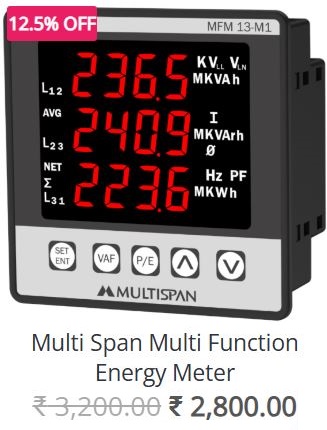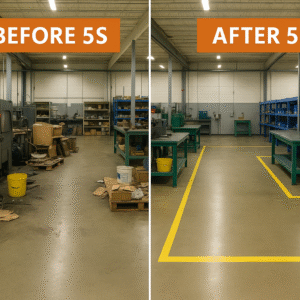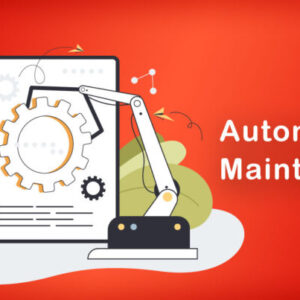In today’s competitive business environment, organizations are continuously seeking ways to improve productivity, reduce waste, and streamline their operations. One of the most effective methodologies for achieving these goals is the 5S system. Rooted in Japanese manufacturing practices, 5S is a simple yet powerful approach to workplace organization and management that can significantly boost operational efficiency. But how do we measure the impact of 5S on operational efficiency? In this blog, we will explore the core principles of 5S and how it can be evaluated for its effectiveness in driving operational improvements.
What is 5S?
The 5S methodology is a workplace organization system designed to promote efficiency and effectiveness by eliminating waste, improving productivity, and creating a clean, organized work environment. The five steps of 5S are:
- Sort (Seiri): Remove unnecessary items from the workspace, keeping only what is needed.
- Set in Order (Seiton): Arrange tools, materials, and equipment in a way that ensures efficiency and ease of access.
- Shine (Seiso): Keep the workplace clean and tidy, focusing on equipment maintenance and cleanliness.
- Standardize (Seiketsu): Develop standardized procedures to maintain the first three S’s consistently.
- Sustain (Shitsuke): Cultivate a culture of discipline to maintain the improvements and sustain the system.
When implemented effectively, 5S leads to a more organized, safer, and productive environment. But how can its impact on operational efficiency be measured?
Key Metrics to Measure the Impact of 5S
To evaluate the success of 5S implementation, companies must track a variety of performance metrics that reflect improvements in operational efficiency. Here are some of the key metrics to consider:
1. Cycle Time Reduction
Cycle time refers to the time it takes to complete a particular task or process. By organizing workspaces and removing unnecessary items, employees can complete tasks more quickly. For example, if tools and materials are easily accessible, workers spend less time searching for them, which leads to a reduction in cycle times.
To measure the impact of 5S on cycle time:
- Compare the average cycle time before and after implementing 5S.
- Analyze which steps in the workflow have seen the most significant reduction in time.
2. Inventory Levels and Waste Reduction
5S helps reduce waste by ensuring that only necessary materials are kept in the workspace, leading to more accurate inventory management. When items are properly sorted, organized, and standardized, inventory is better controlled, which can reduce overproduction and stockouts.
To assess inventory levels:
- Monitor stock levels before and after 5S implementation.
- Track waste reduction in terms of raw materials, energy usage, or time spent managing inventory.
3. Productivity Improvements
One of the primary goals of 5S is to improve productivity. This can be achieved by reducing time spent on searching for tools, improving the flow of materials, and minimizing downtime. With a more organized workplace, employees can focus on value-adding activities rather than dealing with inefficiencies.
To measure productivity improvements:
- Track output per worker or team before and after implementing 5S.
- Measure throughput or the number of units produced within a specific time frame.
4. Workplace Safety and Employee Morale
An organized and clean workspace is not only more efficient but also safer. 5S reduces clutter, minimizes hazards, and enhances the overall safety of the work environment. A safer workplace leads to fewer accidents and lower downtime due to injuries. Additionally, employees are likely to feel more motivated and satisfied working in a clean, well-organized space.
To evaluate safety and morale:
- Track workplace accidents or injuries before and after 5S implementation.
- Use employee surveys to gauge morale, satisfaction, and engagement in the workplace.
5. Quality Improvements
By organizing the work environment and establishing standardized processes, 5S can improve the quality of work. With fewer distractions and a cleaner environment, employees are more likely to follow standard operating procedures, which reduces errors and defects.
To measure quality improvements:
- Track the defect rate or the number of returns before and after implementing 5S.
- Monitor rework or the number of quality checks required.
6. Cost Savings
5S directly impacts the bottom line by reducing waste, increasing efficiency, and improving quality. When implemented successfully, it can lead to significant cost savings in areas such as inventory management, production, and maintenance.
To calculate cost savings:
- Compare the costs of operations before and after 5S implementation, including maintenance costs, inventory costs, and labor costs.
- Track savings from reduced waste, improved production efficiency, and fewer quality issues.
Tools to Track 5S Effectiveness
To track and measure the impact of 5S on operational efficiency, organizations can utilize several tools and techniques:
- Before-and-After Comparison: Measure key performance indicators (KPIs) like cycle time, waste, and productivity before and after implementing 5S to quantify improvements.
- Visual Management: Use visual controls like charts, graphs, and dashboards to track progress and highlight areas that need improvement.
- Audits and Inspections: Conduct regular 5S audits to assess adherence to the 5S principles. These audits provide valuable feedback on how well the system is being followed and identify areas for further improvement.
- Employee Feedback: Gather input from employees to understand how 5S has affected their workflow and workplace satisfaction.
Conclusion
5S is a transformative approach to improving operational efficiency by fostering an organized, safe, and productive work environment. By measuring key metrics such as cycle time, inventory levels, productivity, safety, quality, and cost savings, organizations can gauge the effectiveness of 5S implementation. Regular audits and employee feedback further enhance the ability to sustain these improvements and drive continuous progress.
For organizations aiming to boost their operational performance, adopting and measuring the impact of 5S is a proven strategy for achieving long-term success.
















